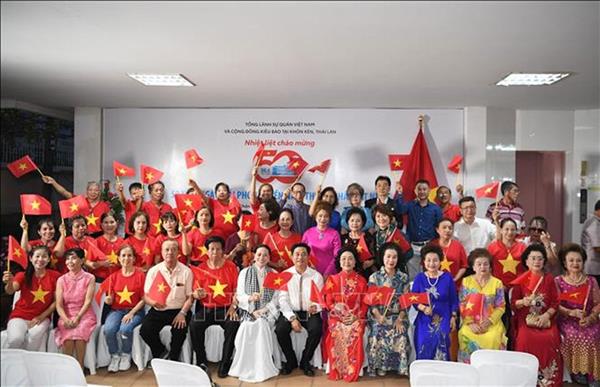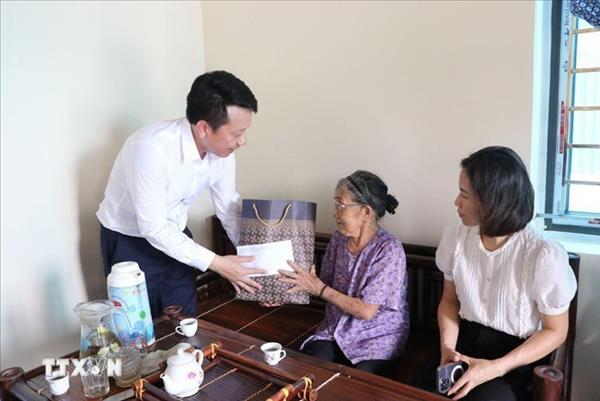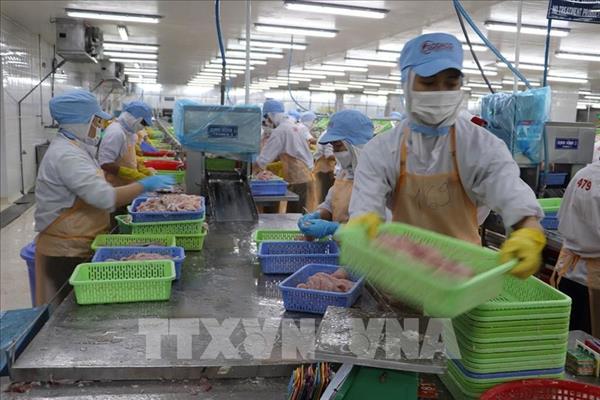The projects were introduced at a workshop held in Quang Binh on July 7.
Under cooperation deals with the provincial People’s Committee, the Norwegian People’s Aid of Norway will implement a cluster munitions survey project and another on establishing and assisting a database unit and coordinating the settlement of UXO consequences in Quang Binh.
Meanwhile, PeaceTrees Vietnam, an NGO of the US, is going to carry out a project on searching for and disposing UXO, and the UK’s Mines Advisory Group will go on with its UXO detection and clearance project in the province.
The activities will be funded with 5.5 million USD by the US State Department’s Office of Weapons Removal and Abatement between 2020 and 2022. Besides, the Japanese Embassy’s funding for the Mines Advisory Group project will last through March 2021, and funding extension to following years will be considered.
Besides UXO clearing, these projects will assist the province in setting up, developing and running a database management system and a mine action coordination system, thus helping with the collection, settlement, storage and analysis of data to serve the making of decisions related to mine actions at the provincial and national levels.
Additionally, local authorities and communities will be updated with UXO-related information in a timely manner, and public awareness of relevant risks is hoped to be improved thanks to the projects.
According to statistics released in 2009 by the Defence Ministry’s Technology Centre for Bomb and Mine Disposal and the Vietnam Veterans of America Foundation, nearly 225,000ha of land across all communes, wards and townships in Quang Binh was contaminated with UXO, accounting for 27.9 percent of the province’s area.
In particular, UXO polluted 96.9 percent of residential land, 95 percent of agricultural land, and 84.3 percent of land under perennial trees./
VNA/VNP

















